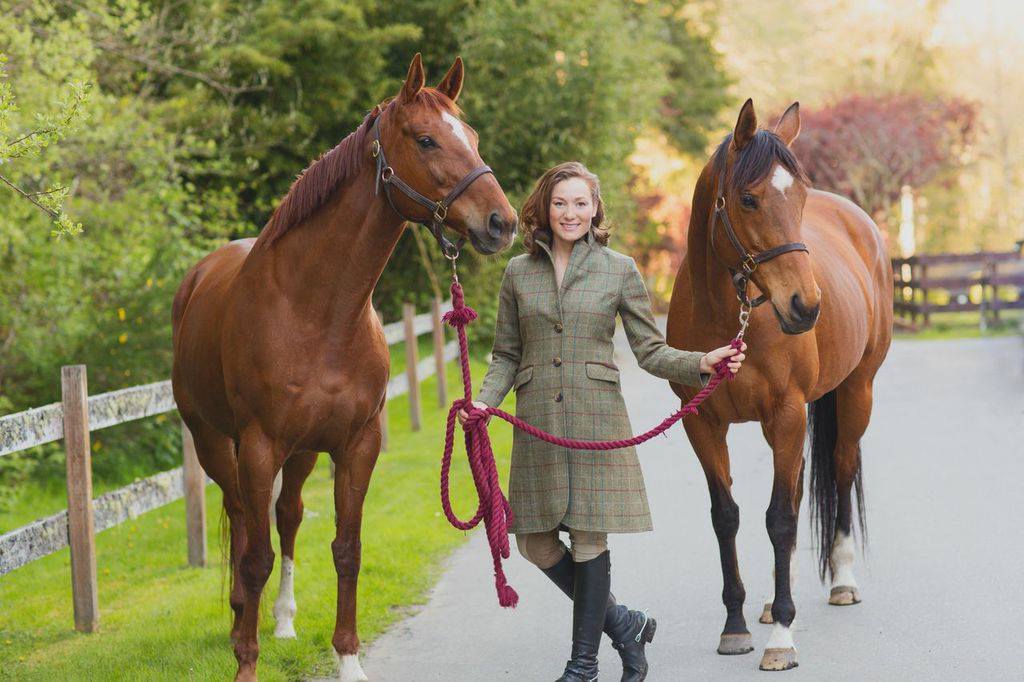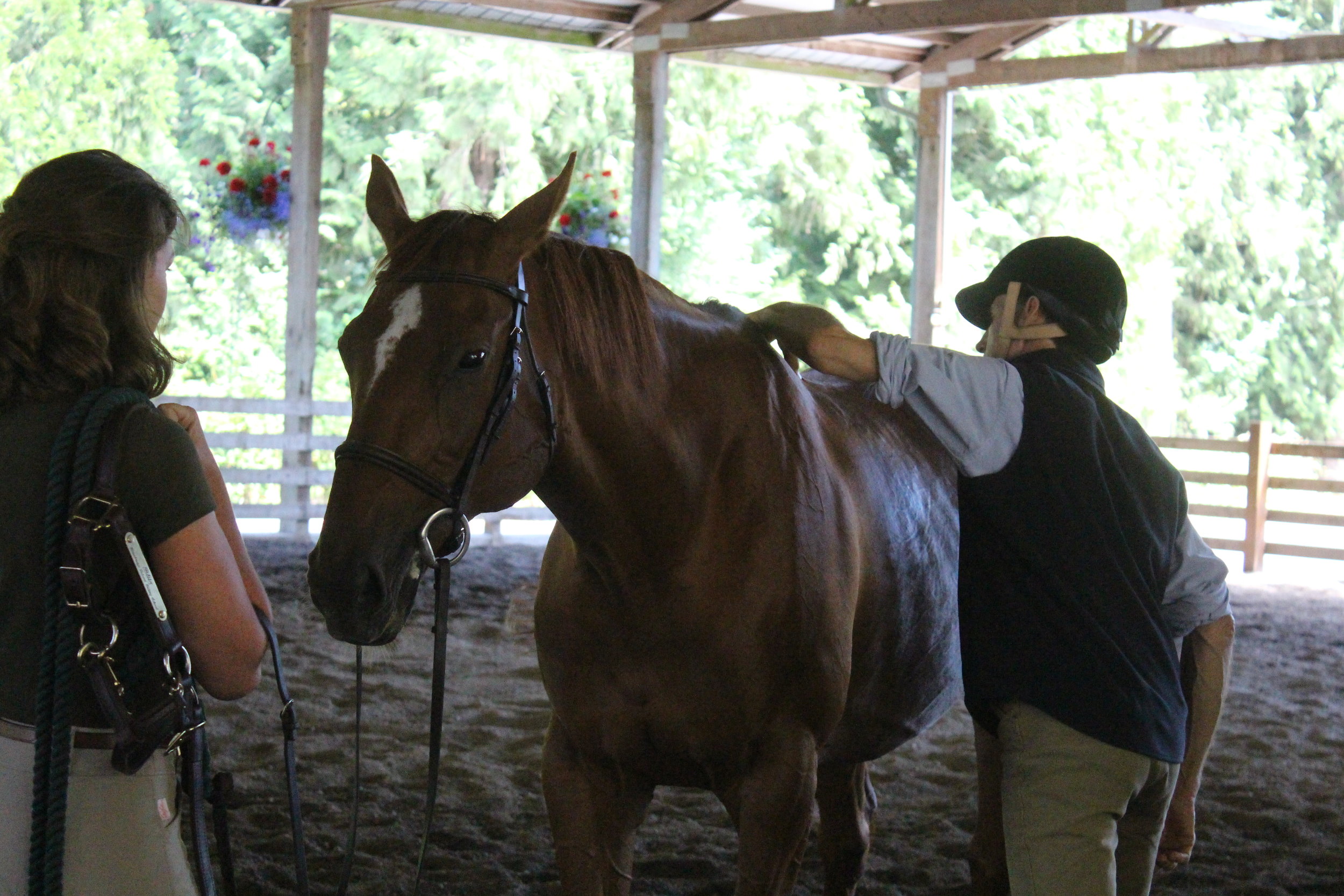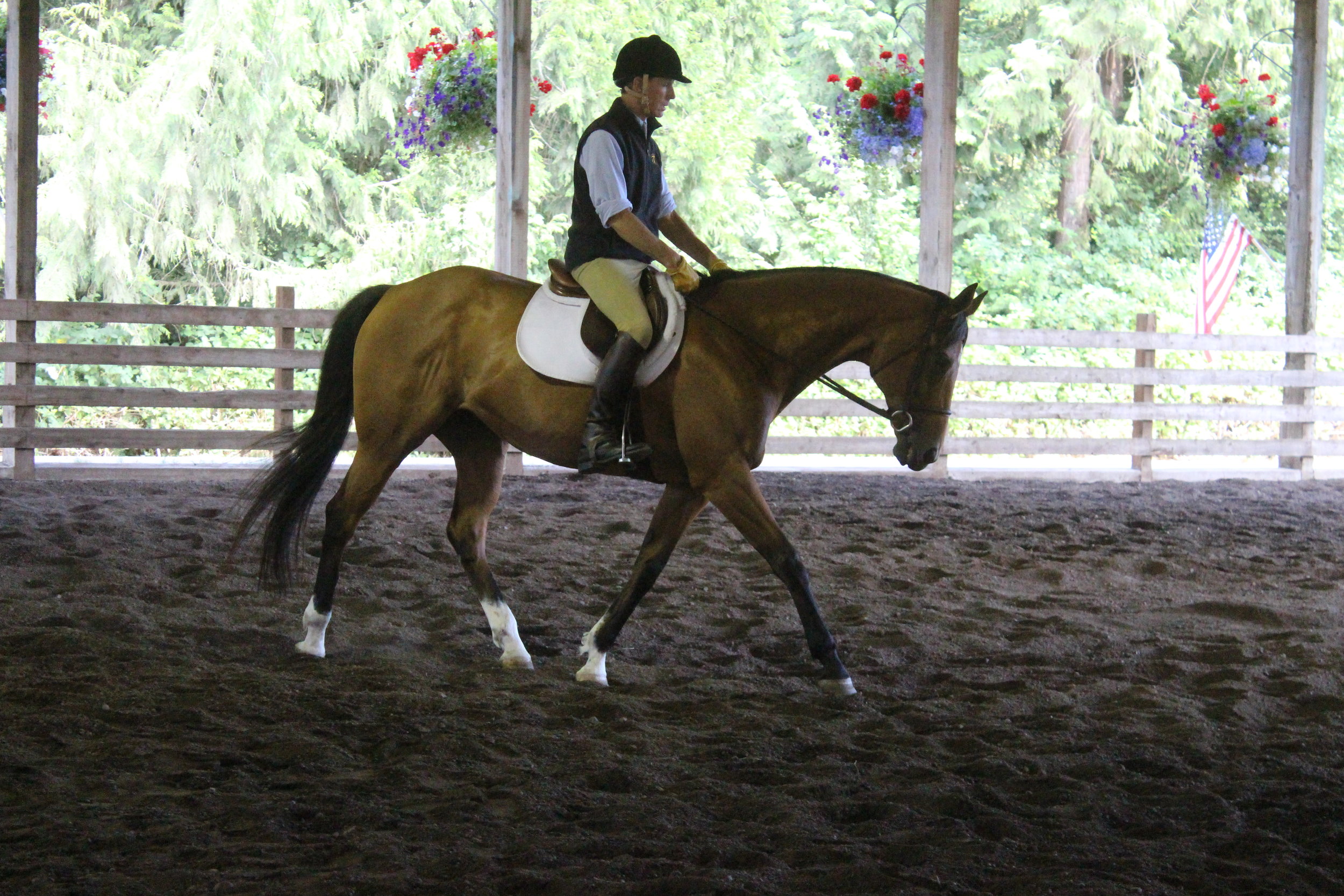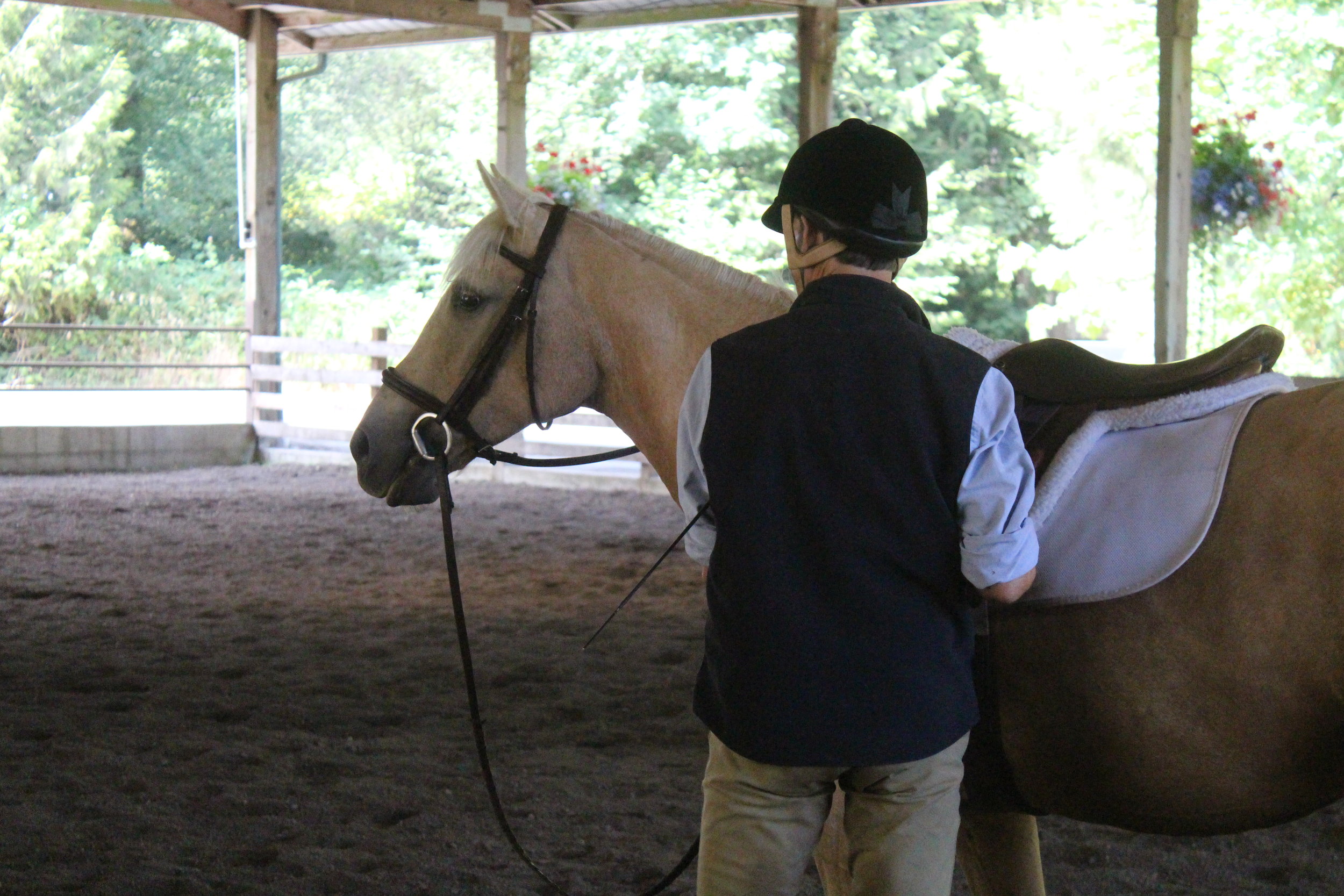Alexandra Jackson







Our mission at Bainbridge Island Riding School is to sponsor first and foremost a respect for the horses and a respect for our individual process as lifelong learners. As an equestrian, I have loved everything about horses my entire life. Growing up on Bainbridge Island, I was fortunate enough to enjoy competition, learning about rehabilitation, and was privileged to ride with some of the best trainers in the state. My program is based on the American Hunter/Jumper Forward Riding System with an emphasis on equitation and grace in and out of the saddle.
Every horse owner can relate to the frustration of a lameness in their horse. The answers to our ever-long list of questions are not often clear and the different professional opinions compete for selection often leaving us emotional hardship. This strain can take quite a toll on our hearts, finances, families, and equestrian goals. It is without a doubt a difficult place to be and an even harder one to get out of. Before Tad and Kelly Coffin came into my life, I had been in the depths of this same frustration trying to care for my two Thoroughbred mares that were not rideable at the time. My first mare, Sophia had developed a ‘mystery lameness’ and I had purchased Blossom to ride while Sophia rehabilitated. Just six short months after purchasing Blossom, I was told that she had kissing spine and would not be rideable. I didn’t understand what had happened as I had been riding in a well-structured and gentle program (we weren’t even jumping yet), and in a several thousand dollar custom saddle. I thought I had been doing everything right so I didn’t understand why my horses, and so many other horses, were coming up lame and sore all the time. Like any dedicated horse owner, I took action in the best ways I had been taught to do so: Radiographs, injections, acupuncture, stall rest, turnout, light exercise, no exercise, special blankets, magnets, custom saddles, you name it - I tried it. Top of the line vets, local vets, race track vets - I called them all and had them out to see my horses. Each time someone new came down the barn aisle, I would stand quietly with my horse all brushed up and hope for the best. Sadly, each time, I was told, “There’s no use in throwing good money after bad; to put my horses down and just understand that making a hard choice is just part of horse ownership.” The more I tried, the more I felt completely alone and unsupported in my efforts to remedy my horses’ ailments. I remember speaking to people and their eyes would glaze over while they softly told me to let it go; that my horses were ‘done’ and this had to stop. I’m sure many of you can relate to these same moments of feeling defeated and lost on what to do next. My family told me we needed to put a timeframe on my efforts and then just accept they’d be pasture pets. It was at this point where my path crossed with Tad and Kelly Coffin.
Before Tad and Kelly visited we spoke and the phone. Tad was very interested in my horses, asking questions, and supporting my most recent decision to let them just be in turnout until I found the right next move. He told me they would be in town, and they’d help me with them. For the fist time I actually felt like someone was capable of simplifying our situation and helping us. When Tad and Kelly visited, my mares hadn’t been ridden for about a year. I was convinced my chestnut mare Sophia would buck Tad off and we’d be known for not just being lame but for injuring one of our country’s greatest riders. For a lame horse, she was still so agile and explosive at times. Fortunately, Tad was safe and my horses took straight to him, and so did I. He calmly tacked up, and rode without any attitude or discomfort from them. No sign of lameness, no sign of soreness afterwards - even on my horse with kissing spine. I then got to ride Blossom who was sound and soft.
I was elated to be riding my horse who literally was no longer lame and going comfortably in her saddle. Imagine starting your morning with a horse you were terrified to ride in case of causing further damage, who was sore and considered beyond repair, to finishing the day a sound, relaxed, and comfortable horse. It was a moment of simple harmony that I wished every rider could experience with their horses - especially those sidelined by lameness. When we untacked her, Tad applied significant pressure along her spine and she did not react at all. She literally just sat there, relaxed.
When it was Sophia’s turn, she moved around beautifully and stepped with even, sound steps. She was happy, soft, and willing in ways I had never seen before. She had a Labrador-type personality and her disposition was the sweet, kind disposition I had always known was in there.
My horses were then returned to their stalls and laid down and relaxed. People were everywhere with new horses in the barn, and they were relaxed and comfortable enough to take a nap right after their ride. For the first time, I felt like I had found allies in the rehabilitation of my horses. Tad and Kelly were just as committed to my horses as I was and their support helped me so much as I came around the corner with my horses.
A year later, I enjoy riding my horses, Sophia and Blossom, in my Tad Coffin saddle without any sign of lameness. There is no discomfort during tacking up and after I ride. We ride down the paved roads and canter through large parks. We go on trail walks, over bridges, through meadows, and are gone for hours at a time. They are never sore nor do they show any discomfort before or after tacking up. Best of all, they are content in their work and enjoy our outings. They are happy and willing and their personalities now really shine through. We are looking forward to competing next year. At the riding school, I share my saddle with my students and all of my horses go very well in it - including my 14.1hh Thistle that looks more like a cupcake than a horse. There are no signs of stress in tacking and untacking, nor any signs of discomfort during the lessons. My saddle is easily ridden in about six hours a day for over a year and still performs on all of my horses exactly as promised.
I think the most important thing to remember when experiencing lameness in a horse, especially when it’s considered career ending, is that the simple solutions are normally the best. Work with people who support you - and your horse - and let the rest fall to the wayside. Don’t be afraid to reach out to people like Tad and Kelly with a lame horse on your hands, or one you retired years ago because you thought that was the most humane thing to do. When working with true horseman, there really isn’t any judgement you need to fear and you’ll quickly feel empowered and reconnected with equestrians that will help you… so you can help your horses and enjoy life together, again.
